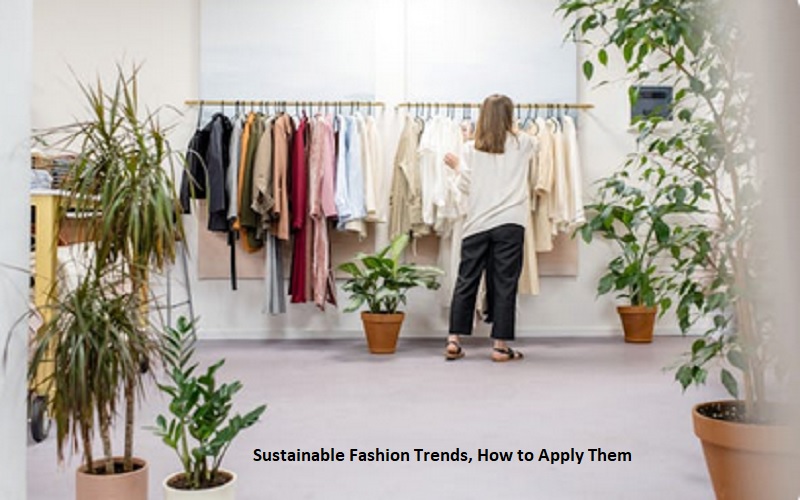In the fashion world, consumers are increasingly prioritizing sustainability and increasing awareness of the environment. Sustainable fashion aims to reduce the negative impact of the fashion industry, thus promoting responsible and ethical choices. Sustainable fashion trends by creating recycled collections or using innovative sustainable materials.

How to Implement Sustainable Fashion Trends
How to implement sustainable fashion trends by supporting sustainable fashion such as:
- Educate Yourself: Learn about sustainable fashion brands, practices, and materials. Get accurate information and make informed choices based on credible information.
- Choose Sustainable Brands: Look for certifications such as the Global Organic Textile Standard (GOTS) or Fair Trade. So you can support brands that prioritize transparency, ethical practices, and sustainability.
- Choose Quality and Durability: It is better to invest in a fashion that is long-lasting, beyond trends, and well-made. Build a versatile and timeless wardrobe.
- Shop Secondhand: For secondhand clothing, explore thrift stores, online platforms, and consignment shops. Shopping vintage allows you to find unique items while also reducing waste.
- Caring for Clothes: Follow the care instructions to keep clothes properly cared for. Repair when necessary and recycle or donate when no longer needed.
Sustainable Code Examples
Here are some examples of sustainable fashion:
Organic Cotton Clothing
Organic cotton can improve soil health and biodiversity because it is grown without the use of synthetic fertilizers or pesticides. In addition, it can reduce water consumption and other hazardous chemicals. For conventionally grown cotton, this is an alternative to sustainable production of organic cotton clothing.
Reporting from the YouTube channel My Ethical Edit which provides a review of the use of basic organic clothing. Her organic clothing is quite varied, ranging from sportswear, sweaters, organic bras, underwear, and organic body suits to tank tops. Overall, organic clothing is not tight and comfortable to wear. The available colors are neutral, fit perfectly, are durable, and do not itch when in contact with the skin. It is easy to wear and flexible or can be combined with other items.
Vegan Fashion
This vegan fashion is free from materials that come from animals. Such as leather, fur, silk, and wool. This model can reduce the demand for animal exploitation and promote cruelty-free alternatives.
Upcycled Fashion
Upcycled fashion can reduce waste and conserve resources. Examples include reusing old clothes or creatively making accessories from recycled materials.
Local Fashion and Craft
Local fashion and craft can support local economies as well as traditional crafts. Choosing local clothing can reduce carbon emissions, as it avoids long-distance transportation. In addition, local fashion and craft can support fair labor practices.
Renting and Swapping
Renting or swapping clothes can help reduce your carbon footprint, as it avoids over-production of clothing.
Benefits of Practicing Sustainable Fashion
There are many benefits to practicing sustainable fashion, including:
- Promoting social justice and supporting fair labor practices.
- Reducing environmental impact and resource depletion.
- Inspiring the fashion industry with positive changes.
- Reducing waste and encouraging conscious consumption.
- Cultivating a sense of individual satisfaction and alignment with values.
The foundation for building sustainable fashion by combining innovation, transparency, and technology trends. Then from material sources to production must be able to reduce resource consumption, increase efficiency, and minimize environmental impact. If using sustainable fashion, it will have a significant impact on the environment and social justice. /nen



